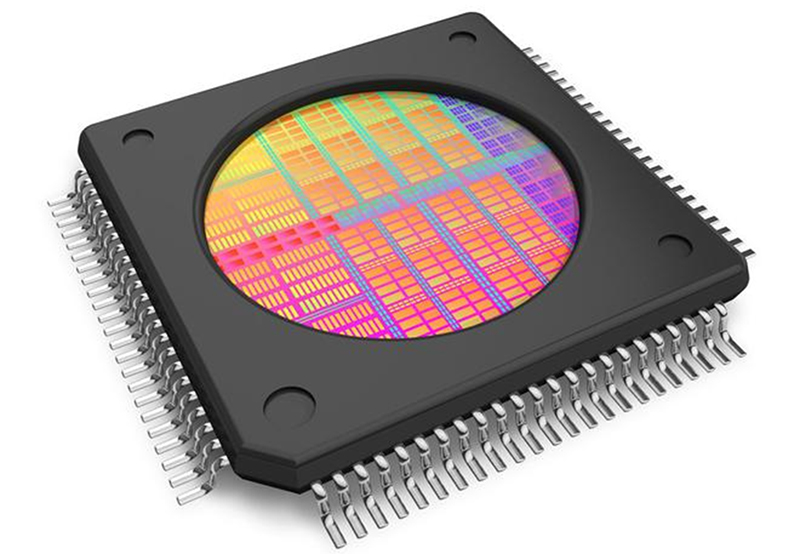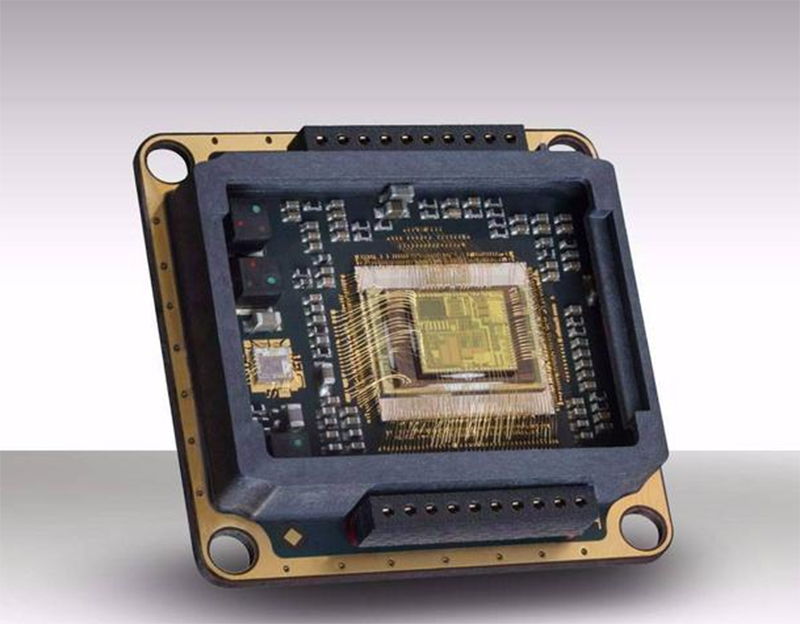With the rapid development of electronic technology, chip packaging technology is also progressing, SIP (system-in-package), POP (stacked package) and IGBT (insulated gate bipolar transistor) as an important form of packaging, its cleaning technology is particularly important. The cleaning process directly affects the performance and reliability of the packaged products, so it is necessary to scientifically and reasonably select the cleaning program.
In the manufacturing process of SIP, POP and IGBT, cleanliness is the primary consideration of the technical indicators. The production of precision devices have different requirements for cleanliness, so it is necessary to develop a corresponding cleaning process according to the specific application scenarios and conditions of use. For example, POP uses a BGA solder ball structure, which usually requires a high standard of cleaning to ensure soldering effectiveness and long-lasting reliability.
Impact of cleaning agent selection on different packages
The impact of cleaning agent selection on different packages such as SIP, POP and IGBT is crucial, which not only relates to the cleaning effect, but also affects the quality and reliability of the final product.
1.Impact on SIP package
In the SIP (system-in-package) technology, as the degree of miniaturization of the device increases, the complexity of the cleaning process also increases. The right cleaning agent can effectively remove dirt without causing damage to the device. In some applications, due to the solder joint gap and the height of the component are very small, the use of ultra-low residue no-clean solder paste becomes necessary, which can reduce the impact of the cleaning agent on the subsequent soldering, and to ensure the effectiveness of cleaning.
2.The impact of the POP package
For POP (stacked package), the choice of cleaning agent is also critical. POP technology involves stacking one chip on top of another, this process needs to ensure that the soldering effect and its long-term reliability. The right cleaner removes residues from the production process, such as flux and tin, to ensure the overall performance of the package. In this application, the selection of low residue no-clean flux or solder paste can reduce the need for cleaning and lower production costs.
3.Impact on IGBT Packaging
IGBT (Insulated Gate Bipolar Transistor) modules often rely on silicone gels for encapsulation to provide insulation and protection. Cleaning agents have a significant impact on the adhesion of the gel. Cleaning agents such as ethanol or acetone are necessary before contaminants can be removed from the surface of the mold, and if not cleaned properly, this can lead to poor adhesion of the glue, which in turn can affect the reliability of the module. Therefore, in IGBT encapsulation, choosing the right cleaning agent is not only related to the initial adhesion of the device, but also directly affects its long life.
4.The relationship between the composition of the cleaning agent and the cleaning effect
The composition of the cleaning agent closely affects its cleaning effect. The concentration of the cleaning agent is critical, too little may not achieve the cleaning effect, while too much may leave a residue. Detergents usually contain alcohols, hydrocarbons and other organic solvents, but also added surfactants, designed to improve the flash point of the detergent, and reduce its volatility to improve the safety of use. Different types of cleaners exhibit different effects when the temperature changes, for example, acidic cleaners are very effective for mineral fouling, but may cause oxidative damage and initiate corrosion on metal surfaces.

Recommended cleaning agents for specific types of packaging materials
1.Recommended cleaning agents for SIP packages
For system-in-package (SIP), water-based cleaners are recommended. Aqueous-based cleaners are widely accepted for their high compatibility and safety, and can meet the cleaning requirements of most materials, and can effectively remove flux residues and dirt generated during the soldering process. If water-based cleaners cannot meet the technical requirements, semi-aqueous cleaners can also be chosen as a supplementary option. This cleaning agent not only has a better cleaning effect, but also to a certain extent to ensure material compatibility and cleaning efficiency.
2.POP package of the recommended cleaning agent
For stacked packages (POP), it is recommended to use low surface tension aqueous cleaners. These cleaners can effectively penetrate between the layers of the chip to remove flux residues during the soldering process and ensure the reliability of the package. In addition, these cleaners are usually non-toxic, low volatility, in line with environmental requirements. During the cleaning process, suitable cleaning agents should be selected according to the type of solder paste used and the chip material to meet specific cleaning needs.
3.Recommended cleaning agents for IGBT packages
In the IGBT (insulated gate bipolar transistor) package, the choice of cleaning agent needs to be based on the type of contaminants. Commonly used cleaning agents include alkaline aqueous cleaners, neutral aqueous cleaners and semi-aqueous cleaners. These cleaners are formulated on the basis of solvents such as deionized water, ethanol, isopropanol, and acetone, and are suitable for removing impurities generated during the soldering process, such as organic acids and rosin. Particular care should be taken when using alkaline cleaners to ensure that they do not react with components containing sensitive materials.

Factors to be considered in the cleaning process.
1.Cleaning temperature
Cleaning temperature has a significant effect on the cleaning effect. Generally speaking, higher temperatures can improve cleaning efficiency, promote chemical reactions, and enhance the speed of dirt removal. However, too high a temperature may cause damage to some sensitive materials, leading to deformation or reduce the durability of the material, so be careful when choosing the cleaning temperature.
2.Cleaning time
Cleaning time is also an important factor. A longer cleaning time usually leads to better cleaning results because the contact time between the cleaning agent and the dirt is increased, allowing more dirt to be removed. However, excessive contact time can also lead to corrosion or other potential damage to the surface of the workpiece. Therefore, a reasonable cleaning schedule is essential.
3.Cleaning methods and equipment types
Different cleaning methods and their corresponding types of equipment (such as spraying, immersion, ultrasonic cleaning, etc.) have their own advantages and disadvantages in the cleaning effect. Spray and ultrasonic cleaning is generally more efficient than simple immersion cleaning, can more thoroughly remove dirt. In addition, the actual operation should be based on the shape and material of the workpiece, the type of dirt and the requirements of the production process to select the appropriate cleaning equipment.
4.Stirring mode
The stirring of the workpiece during the cleaning process is also a key factor in the cleaning effect. Stirring can make the cleaning agent and workpiece surface contact more fully, accelerate the removal of dirt. In different processes, there are a variety of stirring methods to choose from, such as manual scrubbing, mechanical stirring and ultrasonic cleaning, etc., the choice of each method should be combined with specific cleaning needs.
5.Water quality requirements
Water quality is one of the important factors affecting the cleaning effect. Water used for cleaning should have a high degree of purity to prevent watermarks or other stains left in the cleaning process.In some precision cleaning process,the resistivity of the water should reach more than 14 to ensure the best cleaning effect.At the same time,the temperature of the water must also be strictly controlled to ensure that it does not cause damage to the workpiece during the cleaning stage.
With the rapid development of electronic technology, the cleaning process plays an increasingly important role in chip packaging technology.Through the in-depth analysis of different packaging forms such as SIP, POP and IGBT,we can see that the reasonable selection of cleaning agents,optimization of the cleaning process,and consideration of related factors are all key aspects to ensure product quality and reliability.
While meeting specific technical requirements, the application of modern cleaning technology can effectively improve the performance of packaged products. In the future, with the further miniaturization and complexity of electronic components, cleaning technology will usher in more challenges and opportunities. Only by continuously promoting the innovation and development of cleaning technology can we meet the market demand and provide a solid guarantee for the production of highly reliable electronic products.